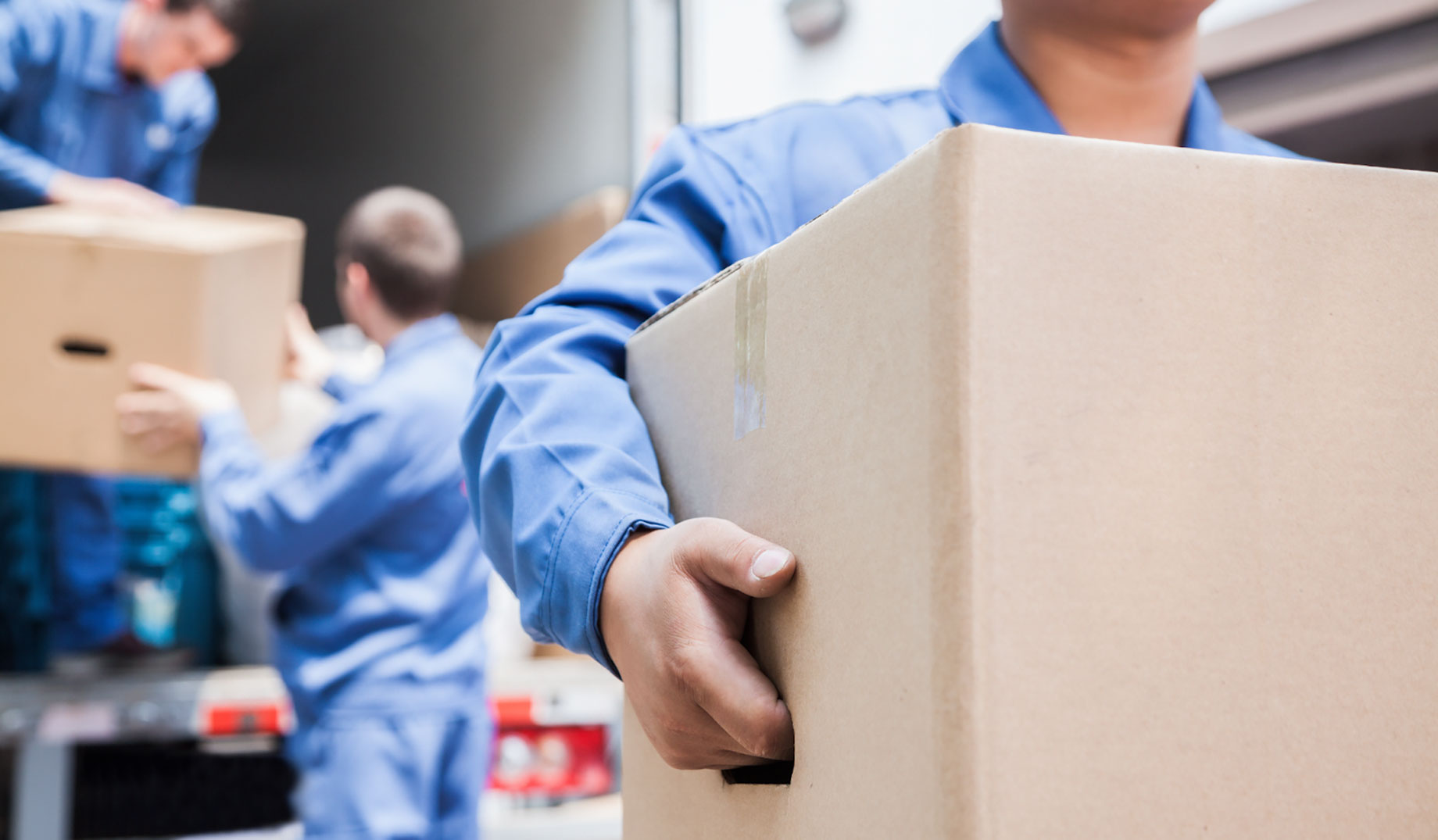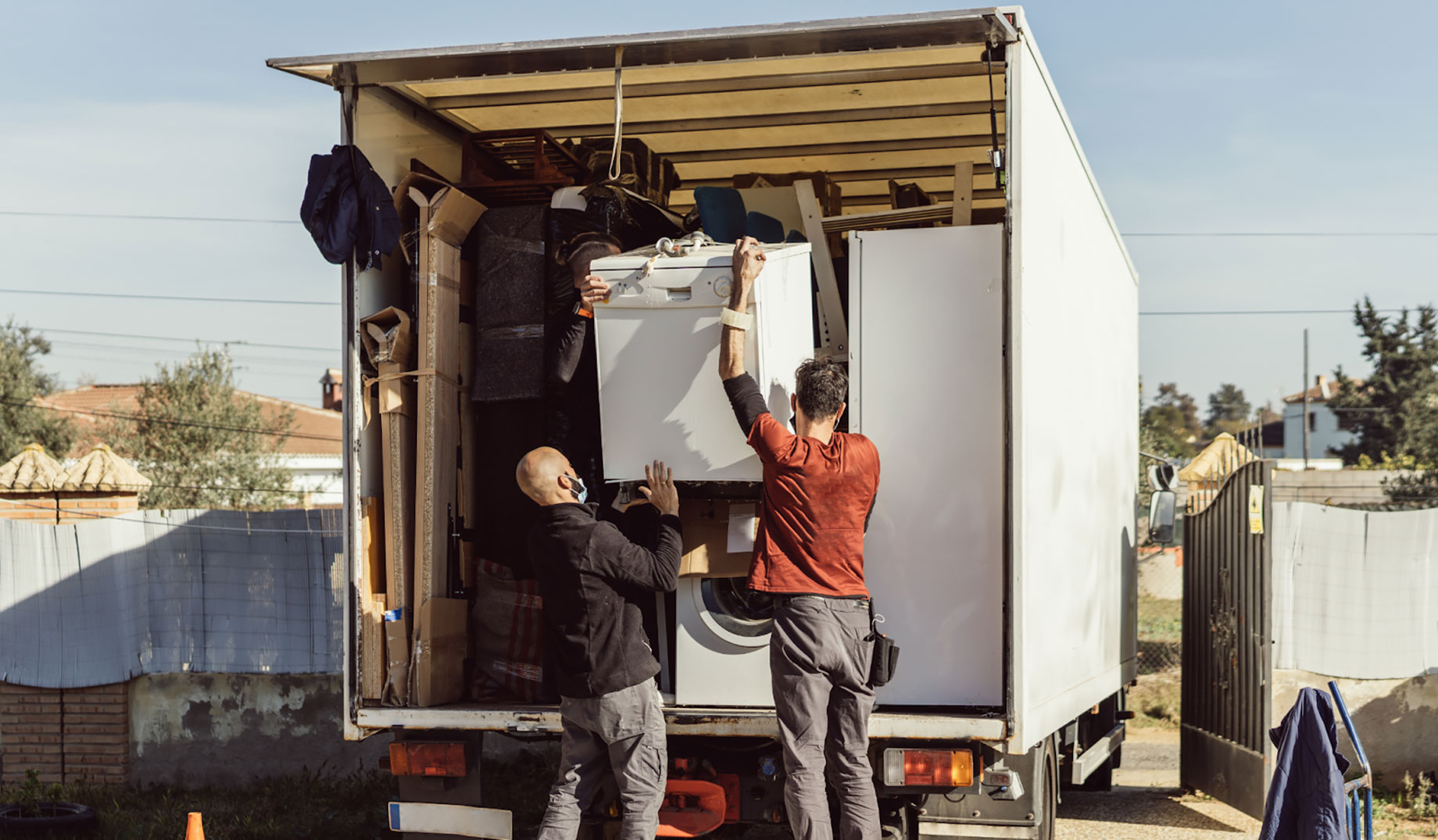
When it comes to relocation, one of the toughest decisions is whether to hire professional movers or do it yourself. On the surface, a DIY move seems cheaper: you rent a truck, buy some packing tape, and ask a few friends for help. Professional movers, by contrast, can look expensive with their hourly rates, labor charges, and service fees. But the comparison is not as simple as it appears.
The truth is, the “cheaper” option isn’t always the one that actually saves you money. Between hidden costs, time lost, risk of damage, and the value of your own effort, the balance between DIY and hiring movers can shift dramatically depending on the situation. A closer look at both approaches reveals the real financial trade-offs, hidden expenses, and the time-versus-money dilemma that every mover eventually faces. Choosing a trusted removalist like homemove.com.au can also make a difference, since transparent pricing and professional service help you avoid unexpected costs. In reality, DIY can save money on small, local moves, but professional movers are often the smarter financial choice for larger or long-distance relocations once hidden expenses and risks are factored in.
The True Cost of Hiring Movers

Professional movers don’t just show up with strong arms and a truck. They usually provide a package of services that go beyond simple transportation.
What’s Included with Professional Movers
When you hire movers, you’re often paying for:
- Trained labor for loading, unloading, and sometimes packing.
- A moving truck equipped with ramps, straps, and protective blankets.
- Insurance coverage for damage or loss.
- Fuel, mileage, and logistics handled by the company.
- Optional add-ons like packing, unpacking, and storage.
Average Costs
- Local moves are usually charged by the hour, with a two- to four-person crew ranging from $90 to $150 per hour depending on city and season.
- Long-distance moves are often priced by weight and distance. The average cost for a cross-country relocation can range from $3,000 to $7,000 depending on household size.
Extra Charges to Watch For
Professional movers may add fees for:
- Stairs, elevators, or long carrying distances.
- Oversized items like pianos, safes, or gym equipment.
- Packing services if you don’t box everything yourself.
- Delays caused by traffic or waiting for building access.
When Movers May Be Cheaper than DIY
Surprisingly, hiring movers is not always more expensive. For long-distance relocations, the cost of renting a truck, paying for fuel, and covering overnight stops can rival or even exceed a professional moving quote. In these cases, the convenience and insurance coverage from a moving company can actually save you money and stress.
The Real Costs of a DIY Move

On paper, doing it yourself looks straightforward: rent a truck, pack, and drive. But the actual expenses add up quickly once you factor in the details.
Truck Rental Costs
- Local rentals for a small truck may start at around $30–$50 per day, but mileage charges often apply.
- Long-distance rentals can cost hundreds of dollars, plus you pay for fuel, tolls, and drop-off fees.
Fuel, Tolls, and Mileage
Large trucks are fuel-hungry, often averaging 8–12 miles per gallon. A long-distance DIY move could easily require several hundred dollars in fuel alone. Add tolls, parking, and mileage surcharges, and the bill rises quickly.
Equipment Rental
Most people don’t own dollies, furniture straps, or moving blankets. Renting or buying these adds another $50–$150 to the cost.
Packing Supplies
Boxes, tape, bubble wrap, and mattress covers often cost more than expected. For a medium-sized household, supplies alone can reach $200–$400.
Hidden Risks and Costs
- Injuries: Strains, sprains, or accidents can result in medical bills or lost workdays.
- Property damage: Scratched floors, dented walls, or dropped furniture are common in self moves.
- Lost time: DIY often takes longer, meaning more days off work and more stress.
Time as Money
A DIY move can stretch across days. Factor in the value of your own time—whether that’s missed wages or simply hours you could have spent elsewhere—and the savings shrink.
Hiring Movers vs DIY: Side-by-Side Cost Comparison
While every move is unique, some patterns emerge.
- For a small apartment across town, a DIY move may cost a few hundred dollars, especially if you have friends to help. But if you need to rent a truck, buy supplies, and cover parking, the price tag may creep closer to a professional quote.
- For a large family home moving interstate, the DIY costs balloon. Between fuel, overnight lodging, meals, and rental charges, it’s not uncommon for DIY totals to match or exceed professional movers—without the convenience or coverage.
The takeaway: DIY looks cheaper upfront, but once hidden costs are factored in, the savings may not be as large—or may disappear entirely.
Beyond Money: Convenience vs Control
Not every decision comes down to dollars.
- Convenience of Movers: Professional movers save enormous amounts of time and energy. They handle the heavy lifting, logistics, and transportation, which reduces both physical and mental strain.
- Control with DIY: A self move gives you flexibility to pack and transport at your own pace. You control how fragile items are handled and don’t need to coordinate with a company schedule.
- Risk Considerations: DIY increases the chances of delays, damage, or injuries. Professional movers reduce these risks but come at a price.
- Emotional and Physical Toll: Beyond money, DIY moving can be exhausting. For families or individuals with busy schedules, the convenience of movers often outweighs the extra cost.
Hidden Costs People Forget to Budget

When comparing a moving company vs. self move, there are overlooked expenses that can tilt the balance:
- Insurance Coverage: Movers include at least basic liability, while DIY requires purchasing separate truck or rental insurance.
- Storage Fees: Delays sometimes mean belongings must be stored, at your expense.
- Meals and Accommodation: Long-distance DIY moves require food on the road and possibly hotel stays.
- Replacement Costs: If you break a sofa or appliance during a DIY move, the repair or replacement is your responsibility.
Which Option Actually Saves You Money?
There isn’t a one-size-fits-all answer, but some guidelines apply:
- DIY Makes Sense When: You’re moving a small amount, short distance, and have help from friends or family. Costs stay low, and the risk of serious damage is smaller.
- Movers Make Sense When: You’re relocating long distance, have a large household, limited time, or valuable items. The professional expertise and coverage justify the higher upfront price.
- Hybrid Option: Many people hire movers just for heavy or fragile items while handling lighter boxes themselves. This middle ground can balance cost with convenience.
Tips to Cut Costs Either Way
Whether you choose a DIY move or hire professional movers, there are several smart strategies to keep expenses under control. The key is to plan ahead, avoid unnecessary add-ons, and make informed decisions that prevent costly surprises.
For DIY Moves
If you’re handling the move yourself, small choices can lead to big savings:
- Book your truck early: Rental prices often rise closer to moving day, especially during peak seasons. Reserving in advance locks in a lower rate and ensures you get the right size truck.
- Borrow equipment when possible: Dollies, straps, and moving blankets can add up quickly if rented. Check with friends, family, or community groups to borrow equipment instead of paying extra fees.
- Declutter before packing: The less you move, the less you pay. Sell, donate, or recycle items you no longer need to reduce the load. This not only saves money on truck size and fuel but also makes unpacking easier.
- Do the packing yourself: Buying supplies is cheaper than paying movers to pack. Collect free boxes from local stores or recycling centers, and use blankets or towels you already own for padding.
For Hiring Movers
Professional movers can still be cost-effective if you make smart decisions:
- Compare multiple quotes: Rates vary widely between companies, so getting at least three estimates ensures you’re not overpaying. Ask for a breakdown of services to see what’s included.
- Move during off-peak days: Weekends and the end of the month are the busiest (and priciest) times to move. Choosing a weekday or mid-month date can lower hourly rates.
- Pack your own belongings: Even if you hire movers, boxing up items yourself saves significant labor costs. Movers will still handle loading, unloading, and transport.
- Ask about bundled services: Some companies offer discounts if you combine moving with storage or packing material purchases.
For Both Options
Regardless of which path you choose, there are universal cost-saving tips:
- Check insurance options carefully: Damage to your belongings can be costly. Confirm what level of protection is included and consider supplemental coverage if you’re moving valuable items.
- Plan logistics in advance: Reserve parking for the truck, measure doorways, and prepare your home to avoid time-wasting delays that can lead to added charges.
- Avoid last-minute changes: Sudden schedule shifts or poor preparation often result in rescheduling fees or longer rental periods. Staying organized prevents these unnecessary expenses.
- Invest time in preparation: Every hour you spend organizing, labeling, and planning ahead reduces the likelihood of paying extra for overtime, delays, or damage.
By following these tips, you can control costs whether you decide on a self move or a full-service moving company. Careful planning not only reduces your moving bill but also creates a smoother, less stressful experience on moving day.
Moving Smart: Balancing Cost and Convenience
When weighing hiring movers vs DIY, the decision comes down to more than just the price tag. A self move may work for small, simple relocations, but for larger or long-distance moves, professional movers often provide better value once hidden costs and risks are factored in.
By considering not just dollars but also time, effort, and protection, you can choose the moving strategy that truly saves you the most. Whether you opt for full-service movers, a DIY truck rental, or a hybrid solution, planning ahead ensures a smoother and more cost-effective moving day.